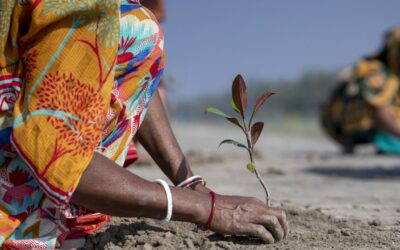Coastal communities hope to gain protection and prosperity from mangrove plantations
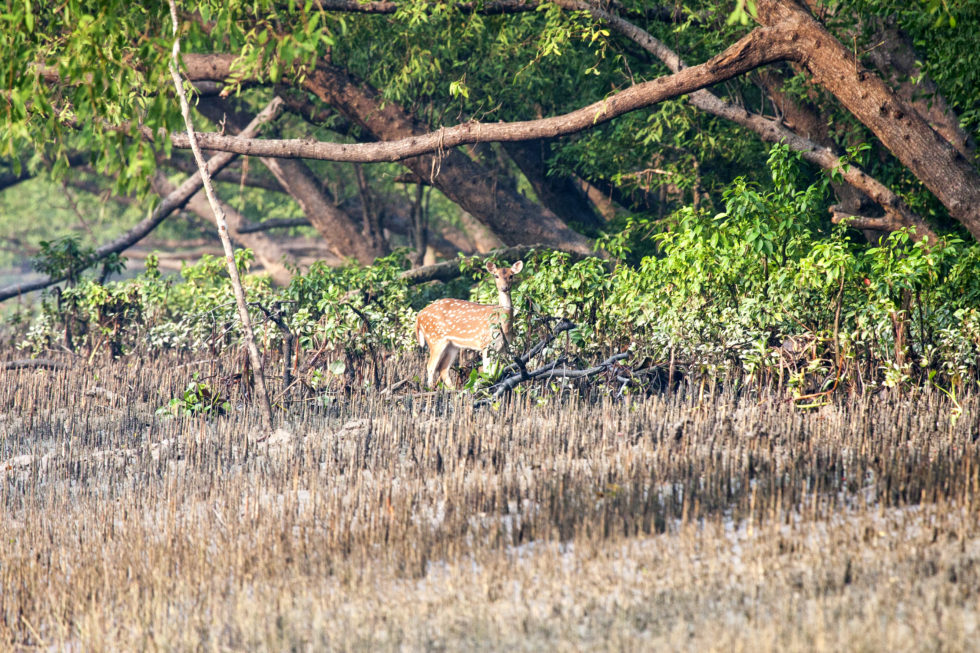
by NAUSHAD ALI HUSEIN
October 28, 2020
Ibrahim Hossain’s home has been flooded with seawater for five months. On May 20, super-cyclone Amphan ripped through the southern coast of Bengal, sending tidal waves crashing into the embankments that keep out the rising seawater.
Pratapnagar’s embankment was already crumbling. The waves ravaged it, inundating 21 villages; destroying fish farms, contaminating potable water wells; and flooding homes, carrying filth from the latrines. The perforated embankment now overflows twice a day during the high tides, leaving the villages permanently flooded.
Despite the circumstances, Ibrahim dutifully rises at dawn every morning and makes his way to the mudflats beyond the embankment. Thousands of saplings stick out above the grass. He keeps close watch on their progress and inspects the surrounding fence, making sure there are no gaps that hungry goats can get through. The villagers hope that this plantation will one day transform into a patch of dense jungle, like the nearby Sundarbans, the world’s largest mangrove forest.
“The trees will attract shrimp, crabs, bees that will make honey, and also give us kewra fruits, which make delicious pickles,” says Ibrahim. More importantly, as cyclones grow in frequency and intensity, they will act as a buffer to dampen the force of the waves against their embankment.
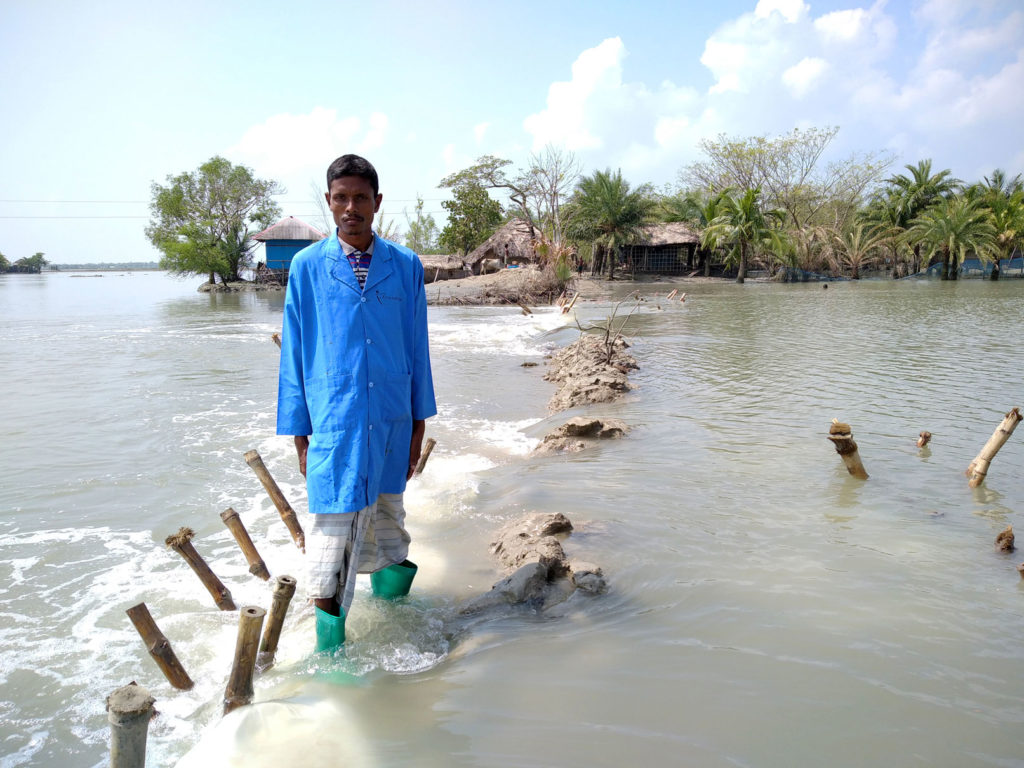
But none of this will happen for at least four to five years. Until then, the villagers must forego fishing ground and a pasture for their livestock. Ibrahim says the villagers support the plantation, hoping it will help prevent disasters like the one they are facing now.
“It’s almost impossible to survive,” says Ibrahim. Although, being a mangrove caretaker for Friendship, he is among the few whose livelihoods have remained unaffected. With fish farms and agricultural land under water, most people have lost their incomes and many have moved to nearby cities in search of work.
“Prices of essentials have surged because it’s difficult to bring supplies in.” With land routes rendered inaccessible due to flooding, goods can only come by boat, during the low tide, when the current is manageable.
“The flood we can tolerate. But not the poverty.”
Maternal forest
“The Sundarban is like our mother,” said Anita Rani, a mangrove plantation caretaker, like Ibrahim. Her village, Mirgang, is at the forest’s border. “The forest has always provided everything we need.”
But the mangroves are changing. Anita’s husband used to make a modest but reliable living from fishing and crabbing. As the forest’s wildlife dwindles, it has been increasingly difficult to get by.
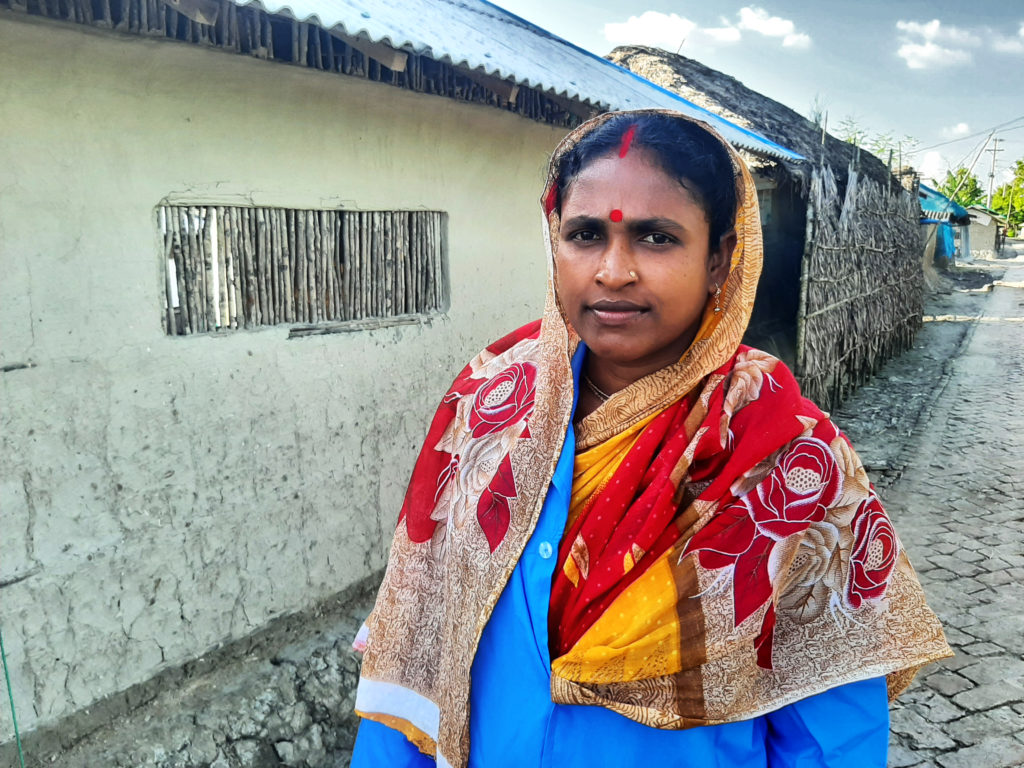
Mirgang also has honey-collectors, who go deep into the forest for weeks at a time, returning with boatloads of the prized Sundarban honey.
Climate change is threatening the Sundarbans. The International Union for the Conservation of Nature has found the UNESCO World Heritage site to be endangered by increasing salinity and industrialisation.
For years, Friendship’s directors had been looking for a way to implement a mangrove reforestation project. The Paris Agreement of 2015 created a funding opportunity through the Government of Luxembourg’s International Climate Financing mechanism to support climate actions carried by NGOs in developing countries.
‘Forests are the best way to remove carbon from the air.’
—Patrick Losch, forest owner and board member of Friendship Luxembourg
Carbon cleansing machine
“Forests are the best way to remove carbon from the air,” said Patrick Losch, a forest owner and board member of Friendship Luxembourg, who had worked for a Forest and Climate Change Fund in Central America. Mangroves fix more carbon than other tropical forests, but figuring out how the project would work was difficult.
“It’s not that nobody had attempted it before,” he explained. “Reforestation projects fail mainly because they don’t stay with the community long enough.” The project design also needed to engage and benefit the local community so that they would continue to maintain the forest after the project had run its course. There would also need to be a way to involve local authorities to ensure their support.
Eventually Friendship planted 40 hectares of forest on the mudflats to protect the embankment, and bring economic benefits to the villagers. Another 60 to 120 hectares will be planted over the next two years, with the aim of expanding to 8,000 acres over the next 8 years.
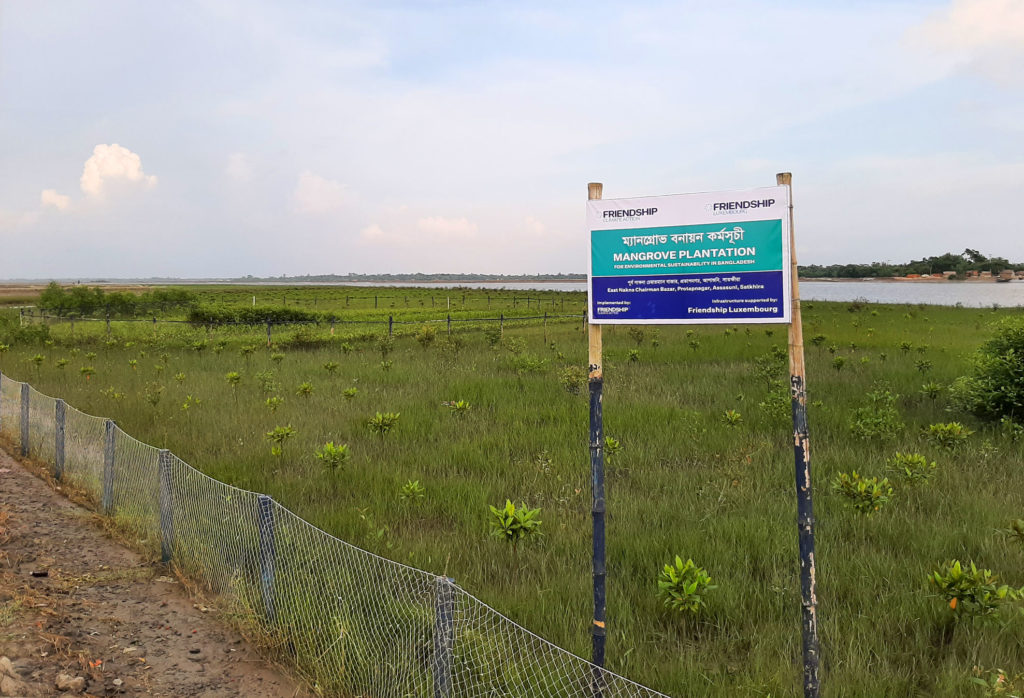
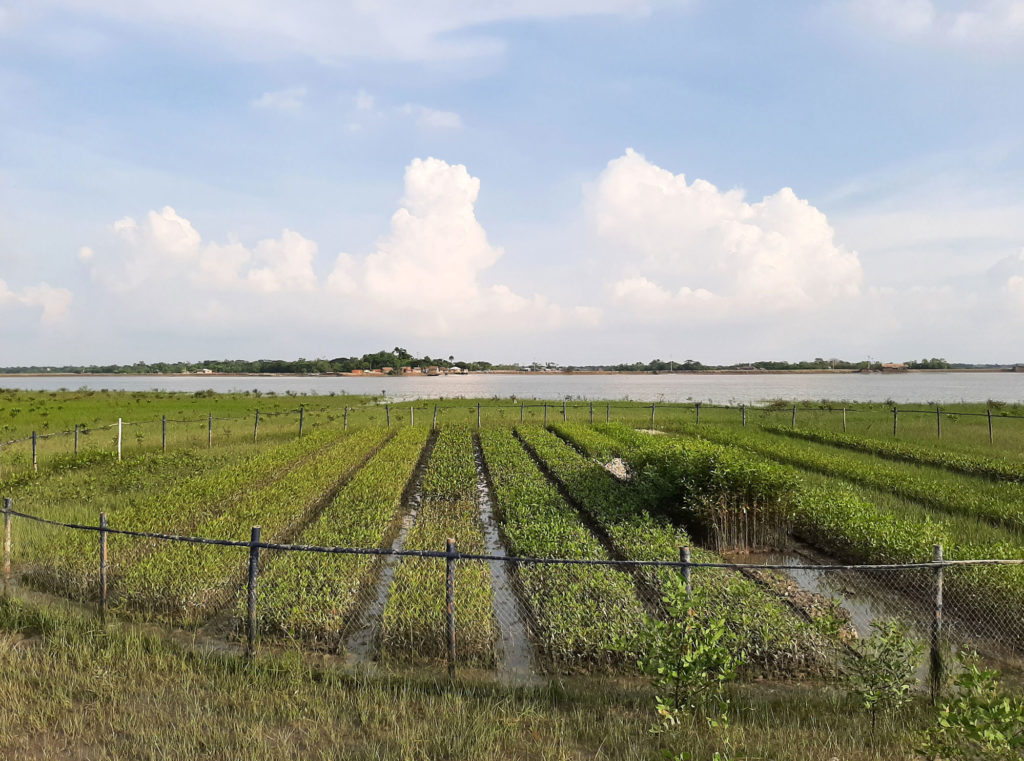
“It was difficult at the beginning to explain to the ministry in Luxembourg that 80% of the costs are not related to planting trees, but for protecting the plantation and taking care of the people,” said Patrick. Thus another part of the project creates alternate livelihoods by introducing the community to saline-resistant crops, poultry farming and homestead vegetable gardening. It also spreads awareness of government social safety-net programs.
The project includes a nursery where the saplings for the plantation are grown from seeds. Thus, besides the employment, the caretakers also gain valuable agriculture skills. “I have now learned how to sow the seeds, how to prepare the soil, plant trees and every other aspect of plantation maintenance,” said Ibrahim.
When Ibrahim started working as a caretaker for a section of the plantation on the mangrove project, his father had injured his arm, and was unable to work. The job has helped the family survive.
“I was completely dependent on my husband for providing for my children,” said Anita. “Now, it’s much easier to run the household because I can do many things with my own income.”
“When these trees grow up,” says Anita, “we will have our maternal forest, right in our village.”


